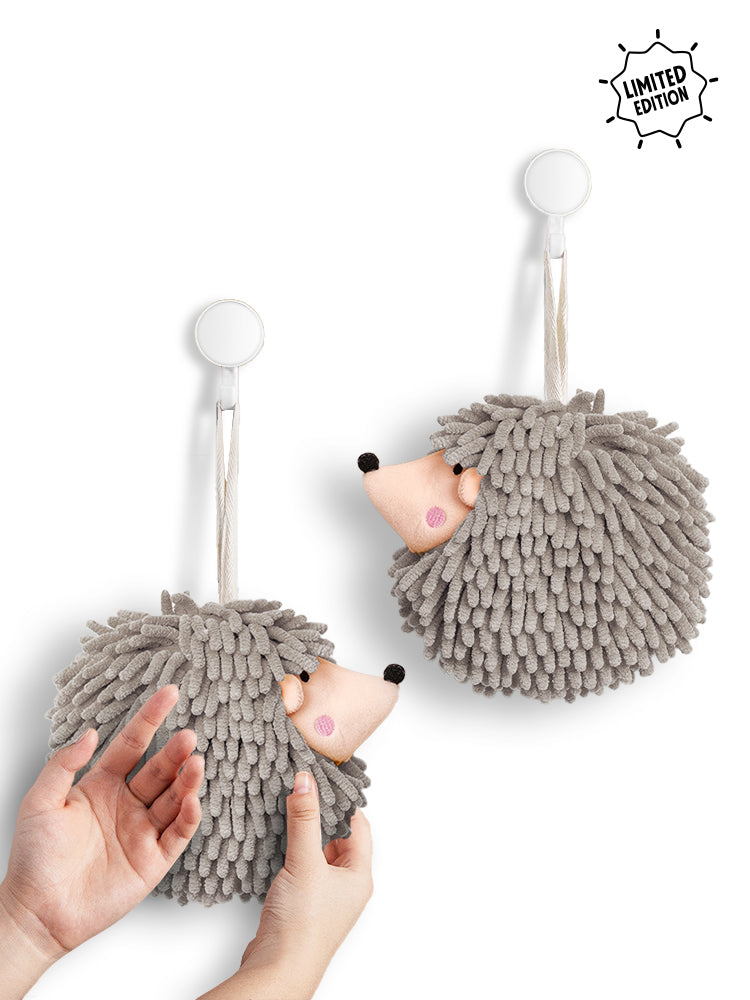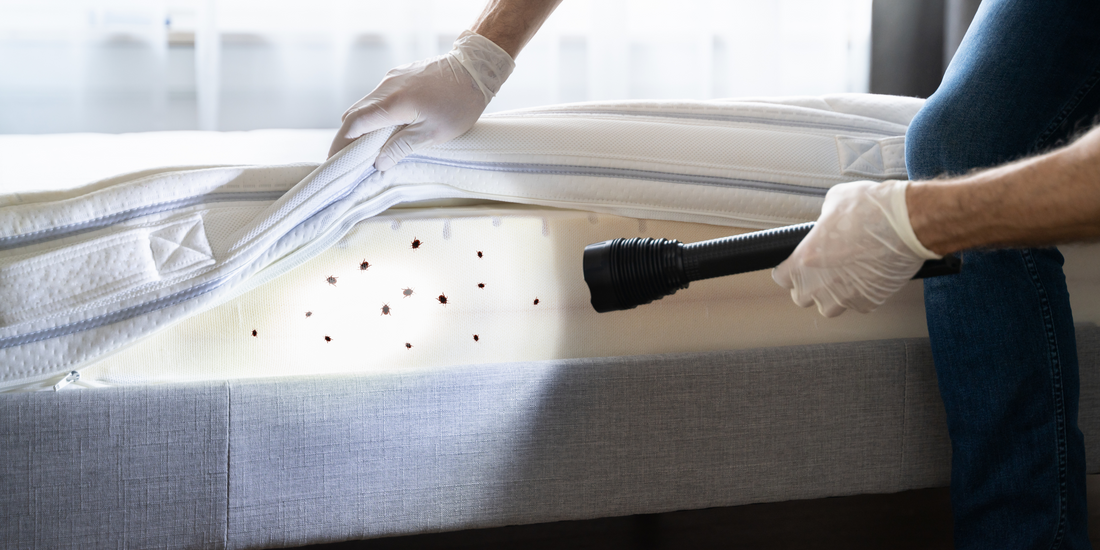
Bed bugs are the travel souvenir that no one counts on. These pests can hide undetected in the tiniest of crevices, making them very unwelcome travel companions. Worse still, it is overly simplistic to assume you’ll find them in a bed. Under the right conditions, bed bugs can survive in chair cushions, closets, and even wall cracks.
Because these critters are so small (and sneaky!), it's imperative to check for bed bugs before unpacking bags in a new vacation rental or hotel. A thorough once-over can spare itchy bites and a costly extermination process. Here’s where to check first, what to look for, and how to avoid bringing bed bugs back home.
1. Where to Check First: The Bed
Before you unzip your suitcase, inspect the room first. Use the suitcase stand to place your bag on an elevated space, away from the bed and the carpet. But check joints and straps to be safe.
No baggage stand? No problem. Find a hard surface like tile, counters, or the bathroom tub. These surfaces aren’t hospitable for bed bugs, so your bags should be safe until you’ve inspected the most likely locations.
Exterminator Allan Bossel recommends starting your inspection by checking the bed. “When you get to your hotel, check the bed corners first, including the headboard seams, under mattress tags, and the stitching along the edge,” he says. “Use your phone flashlight and scrape with a credit card. You’re not looking for bugs walking around. Look for peppery black spots, shed skins, or translucent egg clusters stuck to seams.”
These telltale signs are unmistakable. You’re looking for crusty dark dots of fecal matter, red stains from crushed bugs, or pale yellowish casings of molted skins. “If the mattress looks clean, lift it and check the box spring slats," Bossel says. "Bed bugs love to wedge into rough wood, so run a credit card through cracks if you want to be thorough. If anything black, crusty, or reddish falls out, it is game over."
2. Inspect All Upholstery
Once the bed is checked, move on to upholstered furniture. Sofas, chairs, and ottomans are often overlooked hiding places for bed bugs.
Home cleaning expert Scott Schrader recommends pulling back cushions and inspecting seams closely. “Pull back the bed linens and look for dark specks (fecal spots), tiny eggs, shed skins, or live bugs anywhere on the mattress—seams, corners, folds, and possibly in the headboard creases,” he says. “Don’t forget to look at upholstered chairs and any framed art behind the bed. Use the flashlight on your phone because bed bugs prefer dark enclosed spaces.”
Pay close attention to tufted areas and piping, which offer ideal hiding spots for bed bugs.
3. Search Wall Fixtures
Items mounted directly onto the wall near the bed are also prime real estate for bed bugs. Any bedroom item that is rarely cleaned or disturbed could be a haven.
“Check any joints or fasteners, especially if the headboard is wooden or has fabric upholstery," Bossel says. "A flashlight and a thin tool, like a card or fingernail, can help dislodge hidden pests.”
Art on the wall above or near the bed could also be home for these pests. Bed bugs are photophobic and nocturnal, so they often choose dark ledges for daytime hiding. Shine a light along the edges of any frames to catch them in the act. If you see anything scurry, you may have bed bugs.
4. Protect Luggage for Prevention
After getting the all-clear on the hot zones, do not introduce new bed bug havens to your room. New soft souvenirs or hauls from local antique shops should be thoroughly inspected and contained before being placed with your luggage. Put new items in packing cubes or tied plastic bags for the duration of the trip. If possible, even store them outside for a few days before bringing them inside.
At the end of your trip, take care when unpacking. Schrader recommends transferring clothes to the laundry immediately. "When returning home, unpack right into the washer on hot, then hot and dry," he says. "It's a good idea to vacuum your suitcase and inspect it before putting it away, and perhaps spray it using a travel-safe insecticidal fabric spray.”
5. When in Doubt, Take Precautions
If you suspect exposure or just want to be extra cautious, steamers and vacuums can be effective stopgaps before calling in a professional for a heat treatment. Bossel suggests using a steamer to blast seams, crevices, and furniture legs with sustained heat—10 to 30 seconds per section.
“Bed bugs hate heat. Steam is a quick solution.” Vacuuming is also helpful, but technique matters. The job must be done slowly and carefully. “Bed bugs grip fibers tightly, so fast passes miss them. Use the crevice tool like a scalpel around edges, seams, and corners,” Bossel says. Keep your bags quarantined in plastic containers or outside of your home until you're sure that the items are bed bug-free.
If you live in an apartment or other shared space, taking extra steps like installing door sweeps and treating power outlets with dust can help prevent infestations from one apartment from spreading to another.
Source: Allen, N. (2025f, August 21). 5 Unexpected Places to Check for Bed Bugs While You're Traveling. Better Homes & Gardens. https://www.bhg.com/prevent-bed-bugs-while-traveling-11779906


